Search
Search Results
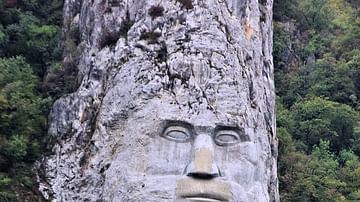
Definition
Decebalus
Decebalus (c. 87-106 CE) was the king of Dacia (roughly modern-day Romania and Moldova) who fought two wars with Rome under Trajan (in 101-102 CE and 105-106 CE) in defense of his kingdom. Trajan (r. 98-117 CE) was renewing a conflict...
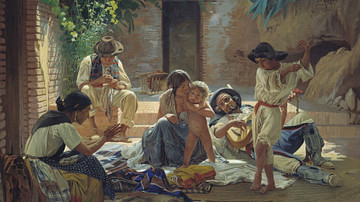
Definition
Romani
Romani is an umbrella term used to describe a diverse ethnolinguistic group of people with a historical presence in Europe and West Asia. The historically common term 'Gypsy' is based on the myth that they came from Egypt. In reality, the...
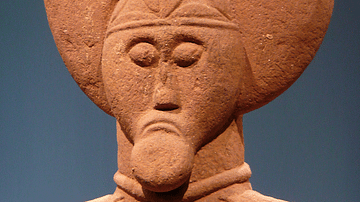
Definition
La Tène Culture
The La Tène culture (c. 450 - c. 50 BCE) is named after the site of that name on the northern shores of Lake Neuchâtel in Switzerland. It replaced the earlier Hallstatt culture (c. 1200 - c. 450 BCE) as the dominant culture of central Europe...
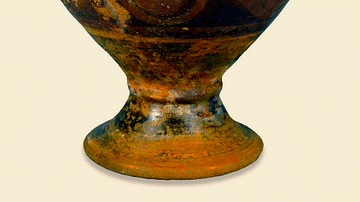
Definition
Ancient Celtic Pottery
The pottery of the ancient Celts, although produced over great distances in space and time, shares several common features no matter where it was made, illustrating that there was contact between people living as far apart as Brittany and...
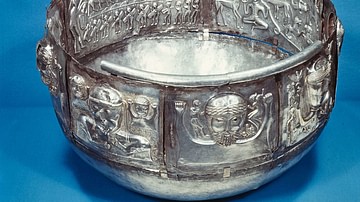
Definition
Gundestrup Cauldron
The Gundestrup Cauldron is a gilded silver bowl found in Gundestrup in Denmark in 1891 CE. It was likely made in the Balkans, perhaps in the 1st century BCE, and shows a clear influence from Celtic art and mythology, even if other motifs...
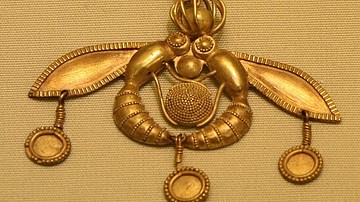
Article
Minoan Jewellery
The jewellery of the Minoan civilization based on Bronze Age Crete demonstrates, as with other Minoan visual art forms, not only a sophisticated technological knowledge (in this case of metalwork) and an ingenuity of design but also a joy...
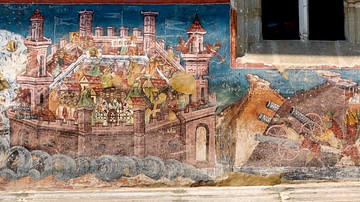
Image
The Siege of Constantinople
A fresco depicting the siege of Constantinople in the 7th century CE, although the presence of canons clearly indicate it is based on the final and fatal siege of the city in 1453 CE. From the Church of Moldovita, Romania.

Image
Decebalus
Rock Sculpture of Dacian King Decebalus (c. 87-106 CE). Iron Gates, Romania.
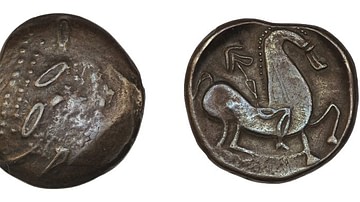
Image
Celtic Coin with Abstract Horse
A 3rd Century - 2nd Century BCE Celtic coin from Southeastern Europe, specifically what is now Romania. The reverse of this coin depicts a horse and helmeted rider while the obverse depicts the head of Zeus, it is one of many imitations of...
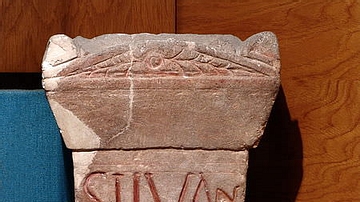
Image
Roman Dacian Inscription
This is an altar with a votive inscription in Latin from the city of Cluj-Napoca, which is in present-day Romania (Roman Dacia). The altar dates to c. 101-150 CE. height: 45 cm width: 24 cm depth: 19.5 cm letter size: 6-2 cm Transcription...